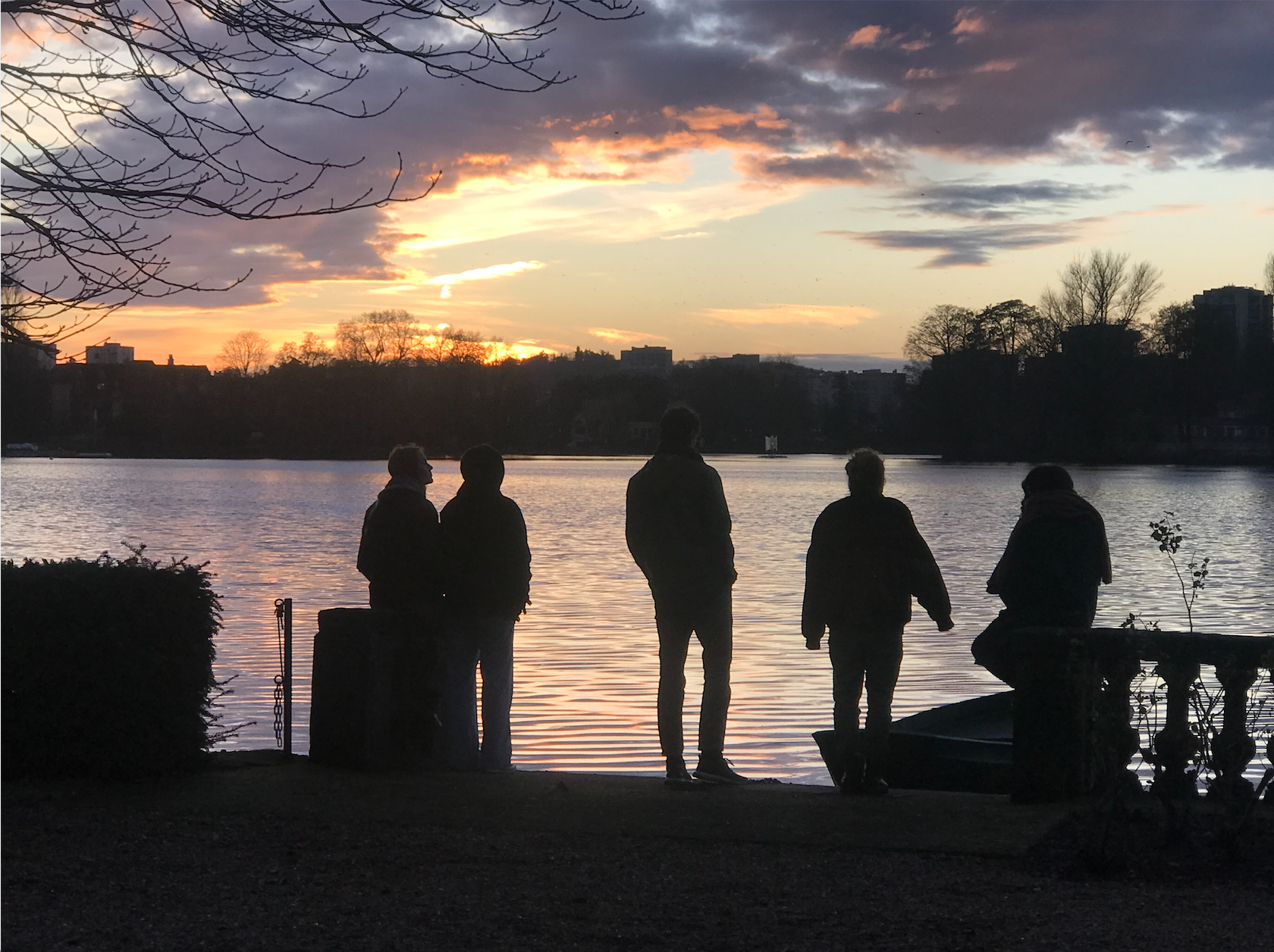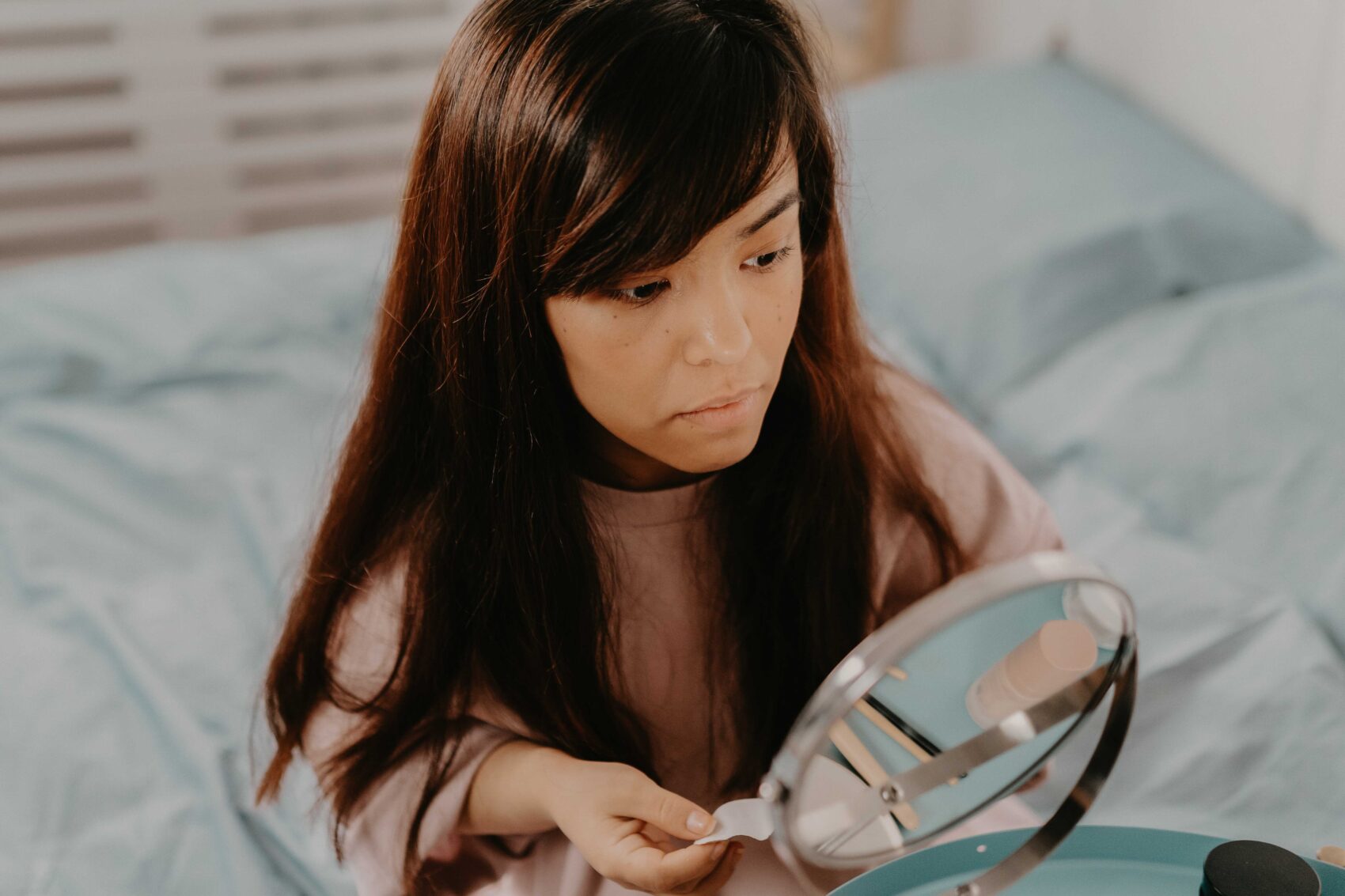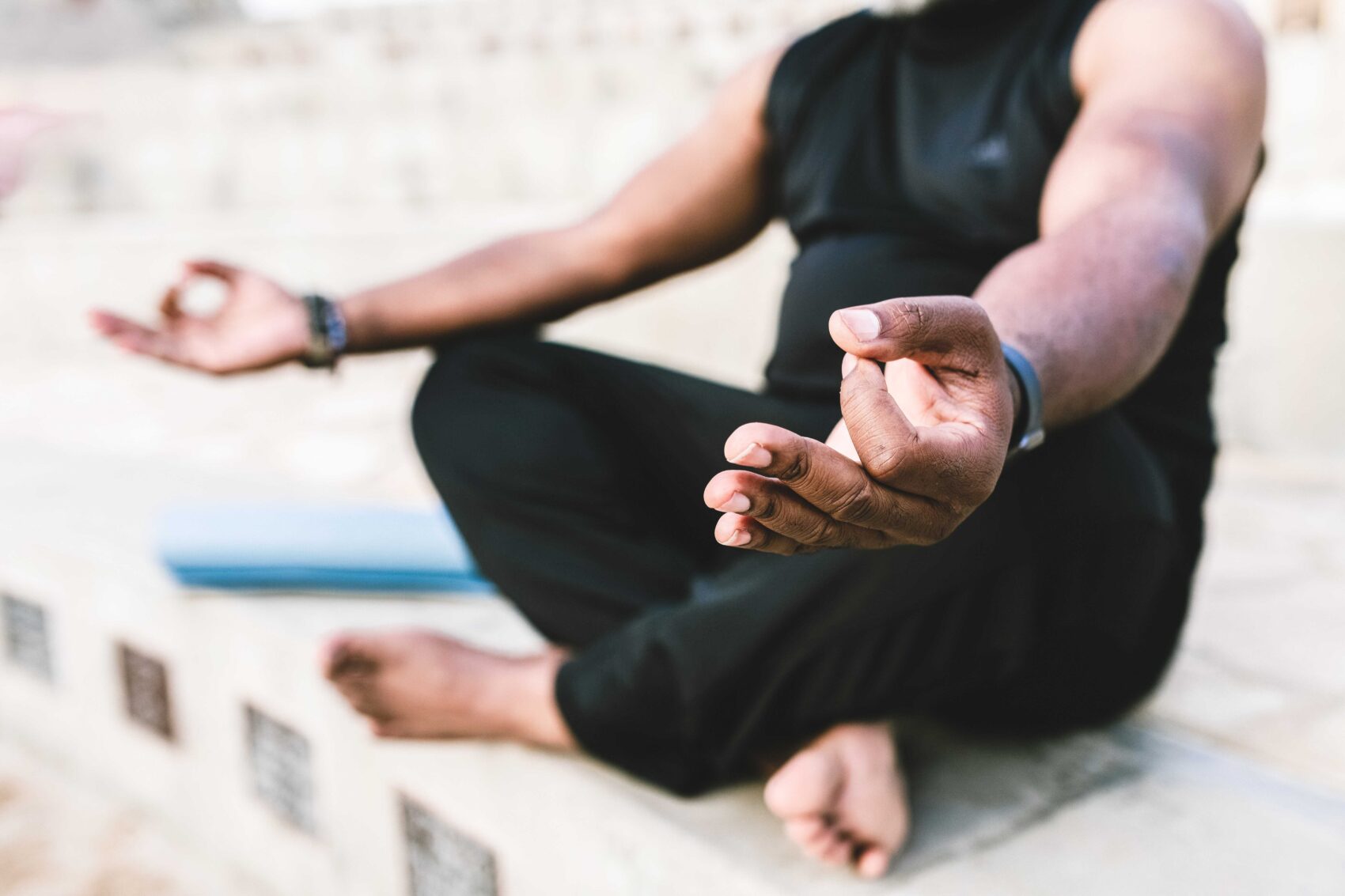art of doing nothing, niksen, wu wei,

Art of Doing Nothing – a socially unacceptable but necessary mission in life
How dare we promote the Art of Doing Nothing when we have placed work and action at the heart of our priorities and concerns? How can we give ourselves a break when we value ourselves mainly based on our societal role and when the absence of activity, viewed as non-productive, is considered laziness?
Constantly connected to the world through our cell phones and computers, we are assailed by a constant flow of information that stimulates our brains and monopolizes our attention.
In this context, how can we consider practicing the art of doing nothing? Not to mention that the idea of unplugging makes us fear inaction, and face-to-face contact with ourselves brings back our often unconscious fear of emptiness and solitude.
And yet. Classical antiquity, which advocated idleness (otium), saw the birth of the flourishing and timeless thoughts of the great philosophers. Remoteness from everyday life and business, “retirement,” and free time benefited Socrates, Plato, Aristotle (to name a few), and the world.
Yet we still look forward to the vacations to indulge guilt-free in this “nothing to do” because we have earned it through our efforts at work; we will breathe in the sea air whose iodine taste we had forgotten for a few months; we will marvel at the sight of a butterfly passing by, reminding us with the nostalgia of the ladybugs that landed on our child’s arm in the summer.
Then we will return to our busy daily lives, adorned with our newfound good looks and health.
And for the 500,000 or so people in France who suffer from burnout syndrome, doctors will prescribe that they stop working within a year and encourage them to do nothing.
What are the good reasons to cultivate the Art of Doing Nothing?
Of course, we do not all aspire to become great philosophers; also, our activities can be a source of fulfillment, well-being, and accomplishment. But it is no less necessary, and even essential to our balance and mental and physical health, to take breaks.
As neuropsychologist, Francis Eustache has shown, the brain, which goes into default mode when we stop doing, sorts out and puts order in the information we store daily.
By giving ourselves time to rest, we then allow it to assimilate and synthesize our experiences, feelings, and thoughts. It, in turn, gives us a better understanding and apprehension of our environment and the events we face.
That is also the observation of Wu Wei, the Taoist concept of non-doing; not acting favors the resolution of problems, particularly conflict situations. By ceasing to struggle, one stops to exhaust oneself and suffer, and the solutions show themselves.
So what if, against all odds, doing nothing was anything but doing nothing, and that unplugging and taking time for oneself improved creative and professional productivity and fostered personal fulfillment?
This perspective, which challenges the collective belief that we can measure our value and usefulness through our status and the role assigned to ourselves, invites us to consider the practice of idleness positively.
A practice that allows us to access our true nature, our authentic Being, our Self, to experience our infinite potential!
Well, let’s admit it. But how can we do nothing when we have learned so well to exist by doing?
Also read >>> the art of loving each other daily

Six tips for cultivating the Art of Doing Nothing.
Recover our instinct to “do nothing.”
We spontaneously flirted with inaction in our youth. Remember when we were slumped on the couch, and our parents said, “Don’t just sit there and do nothing! Do you have schoolwork for tomorrow? No? Well, get a move on for next week!” When we were younger, some of us sometimes heard, “Don’t you know what to do? Don’t you have enough toys in your room to play with? Go on, get out of here before I find something for you to do!”
Yet, blissfully above our crib, our progenitors never tired of admiring our gaze fixed on the mobile whirling above our heads.
In a meditative state, we connected and ordered our neurons stimulated by our fully active senses. A mental condition that made us take significant steps forward every day.
We’ve lost this contemplative instinct. So, once we’ve been formatted to find an active place in society and reached adulthood, we have to unlearn how to repress our instinct to do nothing to regain our ability to store, sort, learn and grow.
Move away from guilt-ridden thoughts.
Thoughts don’t master the Art of Doing Nothing, but the one of blurring the lines and taking us away from ourselves when we can’t control them.
Thus, in our first attempts to do nothing, they will not fail to bring us back to the feeling of guilt: “I don’t have the luxury of doing nothing, and I have a job and family responsibilities. No, doing nothing is not for me, and it’s for lazy people.”
Ah, laziness! How can you not feel guilty about taking a break from such assertions?
To get rid of such thoughts and the feeling of guilt that accompanies them, we must understand and integrate the idea that the time of inaction is the time of productive and virtuous involvement; that finally, to do nothing is without any doubt to agree to do better; and that if we are not careful, we risk at the end of the day and for having done too much, to be obliged to do nothing more.
Also read >>> the art of adjustments in online yoga teaching
Modify one’s perception of time.
We find time terribly long when forced or dependent on the outside to act or undertake. When we impose on ourselves many things to do in a day when twelve hours are barely enough to accomplish a third of them, we find it cruelly short.
As children, time doesn’t even question us; as teenagers, we’d like it to lead us faster towards independence; as adults, it rushes by; older, we haven’t seen it go by.
For quantum physicists, time is a question of perspective and not a universal truth. And yet, despite its relativity or even non-existence, it is one of our primary concerns.
You can save time by wasting it. So be at peace with it, forget about it for a moment, and turn your attention to the present moment alone, which, spent doing nothing and not counting down, will lead you further towards self-knowledge and give you a clearer view of the field of possibilities.
Disconnect from our devices.
Of course, our televisions, computers, and cell phones are our first “obstacles to go around in circles.”
Especially our cell phones, which, in our opinion, have become indispensable to our daily lives: as well as enabling us to communicate at all times, they provide answers to our questions, suggest new friends, act as a GPS, alarm, diary, camera, tell us the weather, and so on.
Inaction consists in deactivating these tools that constantly stimulate our cerebral cortex to calm our mind finally. It is essential to achieve the goal of doing nothing and fully benefit from non-actions advantages.

Encourage the connection with nature.
Nature brings us back to the very essence of life and awakens our senses that have been put to sleep, sometimes anesthetized, by excessive and continuous mental activity.
Breathing and smelling the smell of cut grass; shivering at the caress of the breeze on the back of your neck; watching the sunset and the sunrise; listening to the birds singing in the early morning and the wind making the leaves sing in the trees; tasting the sea spray with your mouth full. And all this without doing anything!
It only takes a few minutes of attention to the nature surrounding us to notice the instantaneous calming of our mind and the activation of our five senses, whose fundamental roles as receivers and transmitters of information facilitate our adaptability to the environment.
Tame the fear of nothing.
When the constant noise of our hyperactive lives stops, the fears that keep us from the benefits of inaction win over; the fear of silence, which has so much to say to us; the fear of emptiness, which is nothing but a space ready to welcome renewal; the fear of being nobody when it comes to being oneself; and beyond that, the fear of death, which we equate with that nothing when faith in what is, has left us.
Rest assured, doing nothing is not to die because to fight against doing, you must be conscious and very much alive!
How far to do nothing – Conclusion.
The Dutch have understood and integrated the need to cultivate the Art of Doing Nothing, and they call it Niksen; In other words, knowing how to be in non-action or conscious and positive idleness. This non-activity requires practice on the part of our mind, which is so well trained to do, thus thinking it exists more securely.
The Universal Concept of Non-Doing
But you will agree, the far niente of the Italians, the chill of the English, the glande of the French, in short, non-doing is only of interest insofar as it allows us to recharge our batteries, to clarify our ideas and thoughts, to calm our emotions and, of course, to promote our passage to effective and positive action finally! If the Art of
Doing Nothing does not fulfill these functions, it is because it is not properly mastered.
A Personal Journey with the Art of Doing Nothing
This article results from my imposed but accepted practice of the Art of Doing Nothing. It is, in itself, experiential proof of what I’ve just written. Under house arrest during the lockdown, without work, this forced break benefitted my physical and mental health.
Above all, it fueled my reflection on “doing nothing but doing it” and enabled me to discover my previously ignored pleasure in communicating through writing.
Starting Your Practice of Doing Nothing
If, after reading this article, you’re tempted to start practicing this Art, here’s my advice: Start small, and above all, don’t judge yourself, be regular and persevere! And remain convinced that doing nothing for 15 minutes a day is within your reach and that all you have to do is get started now!
Conclusion: The Power of Doing Nothing
I wish you an uninhibited practice of the Art of Doing Nothing to regain control of your life and discover your unsuspected potential and unlimited creative power!
NB. An article dedicated to my father, a nod from me to him, who used to say that “work is health.” He proved it for a while before it cost him his life.